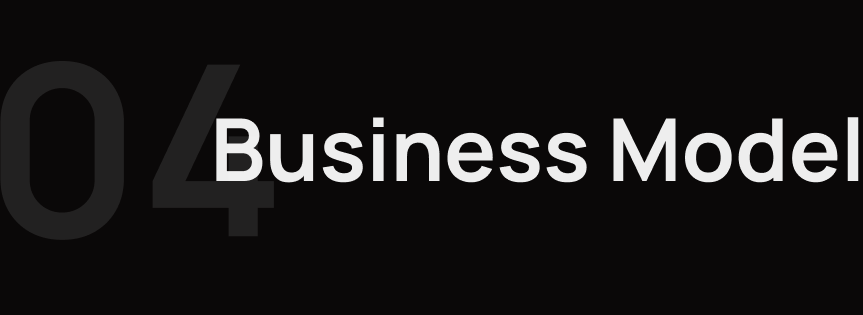Product Design Case Study
feARless
First Place
Protohacks 2022
Nicolas Candelaria
Product Designer


Through exposure therapy, feARless leverages extended reality to treat mental health disorders and phobias. The feARless concept is my submission to the Protohacks 2022 Hackathon hosted by UBC and Apply Digital where my team received first place.
2 days
February 6 - 7, 2022
I was the ux/ui designer for this competition. I primarily focused on the designing and interface conceptualization.

Now, more specifically to Canada, 10% suffer from a phobia and there are only 18,800 psychologists certified to provide treatment. This is even more of an issue in rural areas where finding therapists is harder.
Overall, this industry is growing and has a 91 billion dollar market as of 2020 and its compounded annual growth rate is 5.3%, compared to Canada’s 1.3%. However, rural and developing communities are still currently suffering.
Canadians suffer from a phobia
registered psychologists in Canada

We took a look at 2 personas to get an idea of the general demographic of our product. I ran an online survey and found 2 participants that we found exhibited the majority of traits among all surveyed. I focused on looking at exactly what they needed from therapy interfaces and the frustrations that they had from existing apps.


We then created hi-fi wireframes that showcased the design vision that we intended.


feARless solves the problem of inaccessible, expensive therapy by allowing therapists to help their patients through extended reality mediums.

.png)
.png)
.png)


more likely to improve with VRET in contrast to traditional therapy
average savings per treatment with VRET vs. traditional therapy
Our AR platform is accessible anytime and anywhere to anyone with a phone or desktop
Allows differently abled individuals and people who reside in rural areas to access mental health care
Declining cost of VR hardware & software
Can be used to train therapists to increase scalability
Therapists historically adopt new technology slowly and rely on old practices
Not enough research available could fail to sway therapists
Training required to overcome the learning curve with VR technology; especially difficult for older demographics



